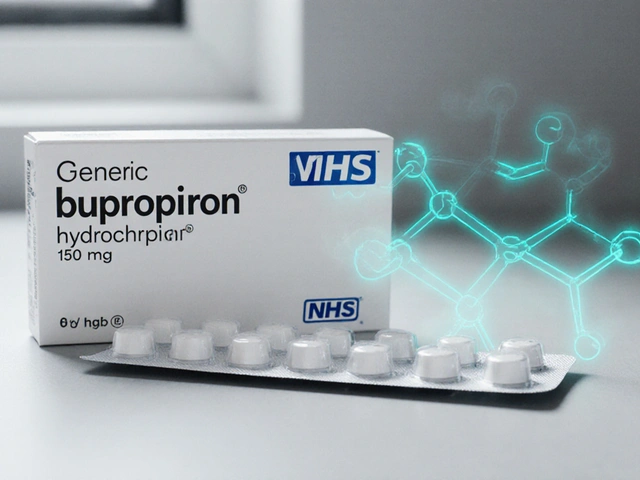Fast-Acting Inhalers: How They Work and When You Need Them
Nothing slows you down like shortness of breath, tight chest, or sudden wheezing. That’s when fast-acting inhalers step in. These inhalers—often called rescue inhalers—deliver medication that quickly relaxes your airways. The goal? To help you breathe easier within minutes, whether you’re dealing with asthma, COPD, or a sudden bronchospasm.
So what makes a fast-acting inhaler different from the daily inhaler you might use? It’s all about speed. Medications like albuterol (also called salbutamol) and levalbuterol get to work almost instantly. You take a puff, and they open up swollen airways, bringing quick relief right when you need it most. That’s why emergency inhalers are a must-have for anyone whose airways can suddenly tighten up—from athletes on the field, to kids with exercise-induced asthma, to seniors coping with chronic bronchitis.
Lately, there’s been a lot of buzz around finding the right inhaler to match your needs. Not all inhalers work the same. While maintenance inhalers reduce inflammation over time, fast-acting inhalers target symptoms that hit out of nowhere. They don’t prevent attacks but stop them in their tracks. Think of them as your front-line defense, not your main controller.
Using an inhaler seems straightforward, but getting the most from your dose can be tricky. First, always shake the inhaler well. Exhale fully, seal your lips around the mouthpiece, and press as you breathe in slow and deep. Wait a minute between puffs if your doctor has told you to take more than one. It’s a simple routine, but practice makes perfect—ask your pharmacist to watch your technique if you’re unsure.
It’s easy to assume all inhalers are the same, but there are a few options out there. Metered-dose inhalers (MDIs) are classic, but some folks struggle with coordination. Dry powder inhalers make things a bit simpler—just breathe in fast—and newer breath-actuated types release a dose automatically when you inhale. Not sure which style suits you? Your provider will pick the one that fits your habits, grip strength, and even your vision for reading instructions.
One big caution: don’t overdo it. Using your rescue inhaler more than twice a week? That’s a red flag. It means your routine treatment may need an update. Frequent use can signal uncontrolled asthma or COPD, and it’s a reason to check in with your provider fast. Plus, overusing these meds can cause jitters, racing heart, or headaches—side effects you don’t need on top of breathing problems.
Want to know about the latest inhaler options, global brands, and substitutes for popular products like Symbicort? Explore complete lists and guides right here on 247-drugstore.com Pharmacy. We’ll break down the pros and cons, help you compare prices, and show you how to buy safely online. Your next breath could be easier than you think.
Which Albuterol Alternative Works Fastest? Head-to-Head Rescue Inhaler Trials
Explore benchmark trials that compare how fast different albuterol substitutes act for asthma relief. This article examines real data about FEV1 improvement within 15 minutes for popular rescue inhalers. Get practical facts and tips on picking the right inhaler based on speed and effectiveness. Learn what makes certain albuterol alternatives tick and what patients should watch for. Includes a direct resource for deeper guidance on alternatives.
View More




